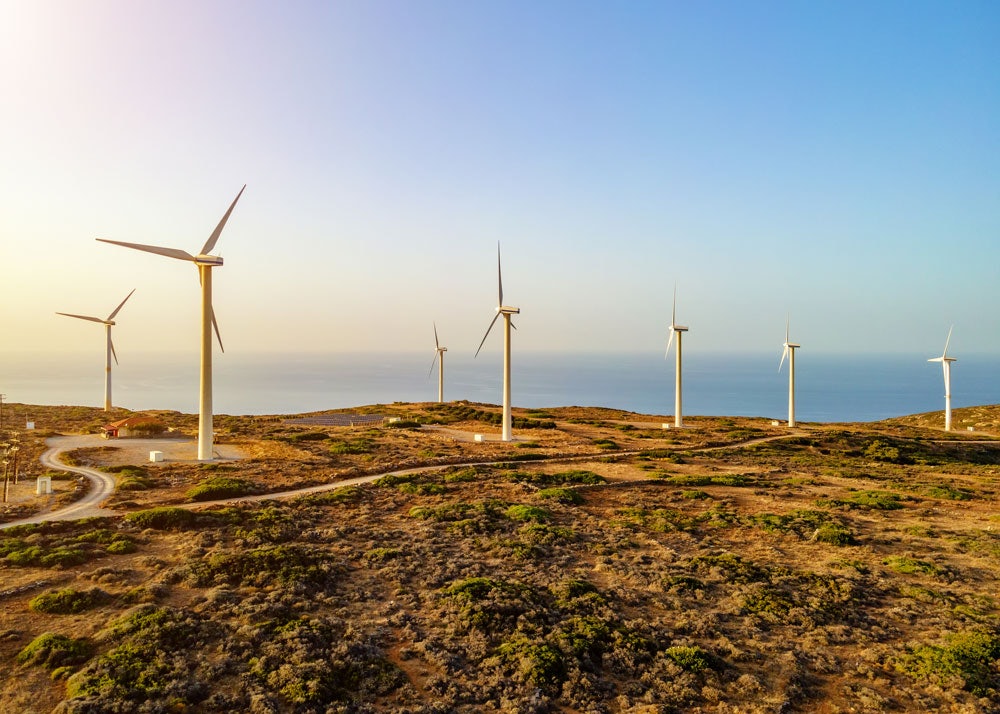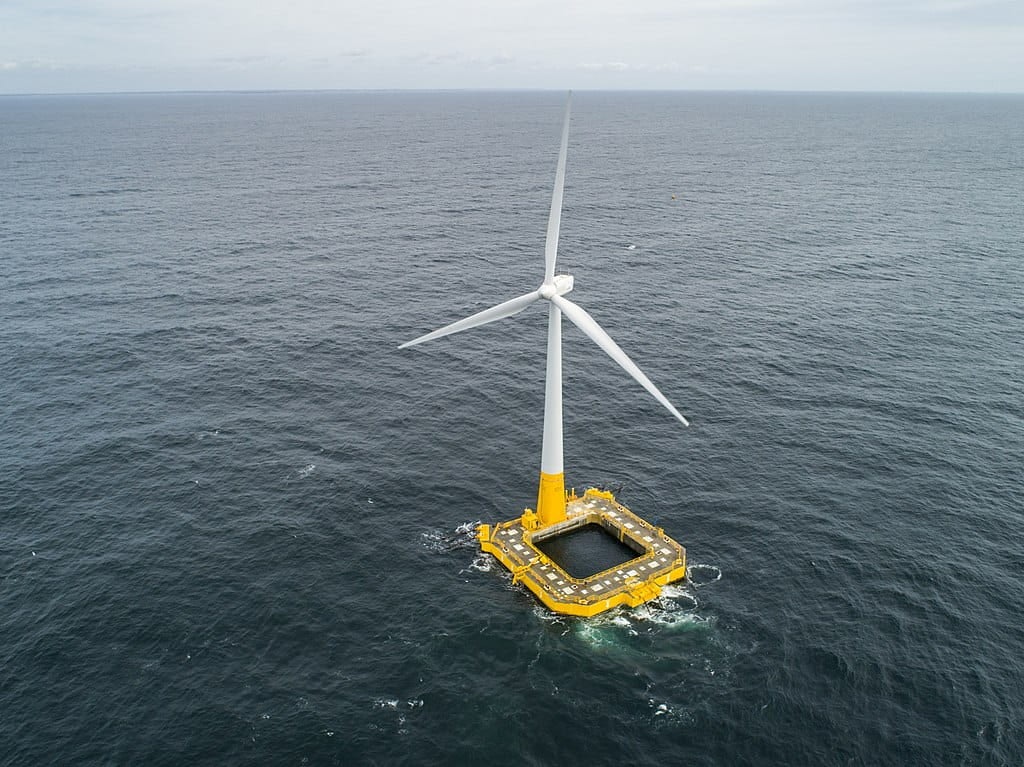What emerging technologies will make wind energy more efficient?

Technology is advancing faster than ever, driven by new technologies and a desire for greater efficiency. The emerging technologies within the wind industry encapsulate this.
Globally, attitudes are shifting towards renewable sources of energy to reduce the environmental impact of fossil fuels. In 2020, renewable sources of energy generated over a third of the UK’s electricity. Wind energy alone contributed 24.8%, a figure that has increased over the last decade. For instance, wind power only contributed 11% of total UK electricity use in 2015.
The uptake in wind power has led to a wave of new energy and wind power technologies. Extensive research around wind turbines, the most common wind power technology, is making them more efficient and less costly. Today we look into what emerging technologies will make wind energy more efficient and what the future of wind energy looks like.
Wind Power Technologies
The wind turbine is the most common and recognisable form of wind power technology. If you travel across the UK, you'll catch glimpses of the odd wind turbine or you'll come across a wind farm which is quite a breathtaking view! The ones you see are likely horizontal-axis wind turbines (HAWTs). These have three blades and look like a plane propeller on a tower. The vertical-axis wind turbine (VAWT) is different and has propellers like an electric whisk. Despite the differences in blades, both generate electricity in the same way.
The blades attach to a rotor on the column of the wind turbine. The wind blows the blades and makes the rotor spin. The spinning rotor turns an electricity generator, and the kinetic energy turns into electricity. The generated electricity is then fed into the grid for people to use.
A group of turbines on land, a common sight in UK fields, is an onshore wind farm. Collections of turbines also exist at sea, known as offshore wind farms. Onshore wind farms are powered by wind blowing in from the sea, whereas offshore wind farms are powered by wind blowing from the land out to sea.
Offshore wind turbines are a newer development with the advantage of stronger, more consistent winds. The largest offshore wind farm in the world, the Walney Extension in the Irish Sea, can generate enough electricity to supply 600,000 UK homes.
Despite these impressive figures, onshore wind farms are more common in the UK and across the world. They're easier and cheaper to install and maintain because they're accessible and enjoy more hospitable conditions. Unfortunately, wind on land is much less consistent than out at sea so onshore wind farms are less efficient.
Across the world, extensive research is being conducted into improving wind power technologies, especially wind turbines, to make them cheaper, more efficient, and capable of generating more electricity.
New Energy Technologies
So, what emerging technologies will make wind energy more efficient? The size of the turbine and the length of its blades determines the efficiency of a wind turbine. So research into new wind technologies has often focussed on those two areas. Blades are now longer, lighter, and more durable because of technological advancements in manufacturing and materials, such as 3D printing. Research has also developed different blade designs, including blades with curved tips that catch the wind more efficiently.
Other new energy technologies energy developed to make wind energy more efficient include:
- Wind deflecting turbines. Diverts wind that hits the turbine tower to the blades, thereby harnessing energy that would otherwise have been lost.
- Digital Twin modelling systems. Enable remote configuration of wind turbines and farms for peak performance.
- 3D modelling and simulations. Enables assessment of new technologies or turbine designs before testing them in the field.
- Smart blades. Able to adjust themselves to the wind flow to remain at peak performance and efficiency.
The Future of Wind Energy
Wind power technology is always improving and in constant development. As well as the developments described above, the future of wind energy goes beyond conventional turbines:

Airborne wind energy technology developed by Norwegian company Kitemill
Airborne Wind Energy (AWE):
Imagine a wind turbine without the tower and that is Airborne Wind Energy (AWE). The rotor is tethered to the ground rather than a tower. AWE float in the air like a kite while the wind turns the blades and generates electricity. Without the tower, manufacturing and installation costs are much cheaper. AWE has the potential to reach higher altitudes and take advantage of stronger winds, particularly offshore. More research is needed, but it's an emerging technology that will make wind energy more efficient in the future.

Floating wind turbine by Lo83, CC BY-SA 4.0, via Wikimedia Commons
Offshore Floating Turbines:
Normal offshore wind turbines are built into the seafloor to stand against the strong sea winds. Offshore floating turbines don't need a foundation in the seafloor. They ‘float’ on platforms moored or anchored in place. Offshore floating turbines are ideal for deep water where the wind is faster.

Bladeless Turbine developed by Vortex Bladeless
Bladeless Turbines:
On the surface, the concept of bladeless turbines is striking. Rather than the wind turning blades, vibrations caused by the wind generate electricity. Without the large and heavy blades, such turbines would be lighter, quieter, and cost much less.
Dashboard and Wind Energy
The future of wind energy is varied and exciting, and Dashboard is keen to be a part of shaping this future. We've already participated in a project to develop a solution for the preventive and predictive maintenance of wind turbines.
Our predictive analytics platform has applications across the wind sector, both with new wind power technologies but also with older wind turbines. Our platform can help make turbines intelligent, whether they're cutting-edge airborne wind energy or a decade old turbine. In short, we offer a solution that is part of the future of wind energy.